Presentation
Small persistent palpable nodule in the right side of the lower neck.
Patient Data
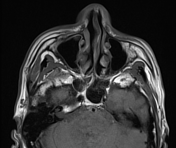

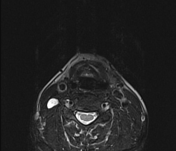

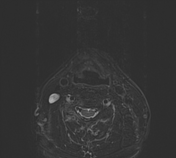

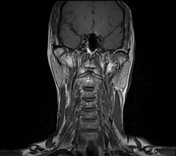

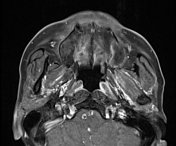



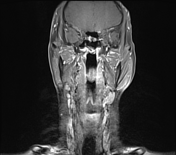

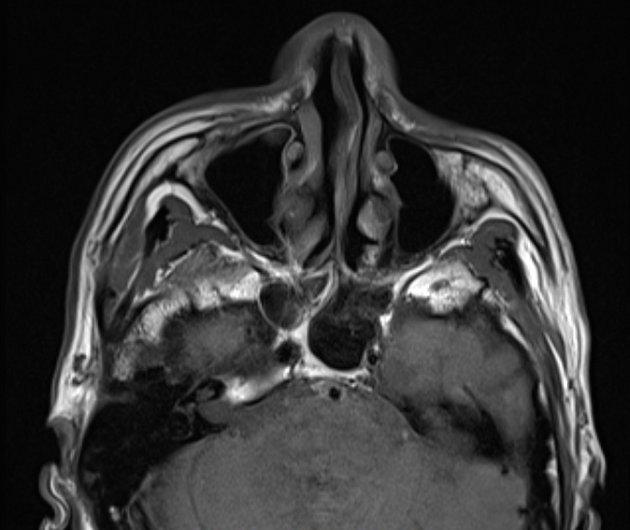
1.4 cm well defined lesion with mild high T1, hyperintense T2 signal which is homogeneously avidly enhancing at the root of the right side of the neck.
The lesion has a 'dumbbell' appearance and can be traced along a thickened cervical nerve root back to the exit foramen, confirming it is neuronal in origin.
Case Discussion
Schwannomas are benign nerve sheath-based tumors. Several sites in the body are most recognized, such as vestibular schwannomas at the cerebellopontine angle.
This is a less common site and mimicked a cervical lymph node. The MRI characteristics are identical regardless of location.




 Unable to process the form. Check for errors and try again.
Unable to process the form. Check for errors and try again.